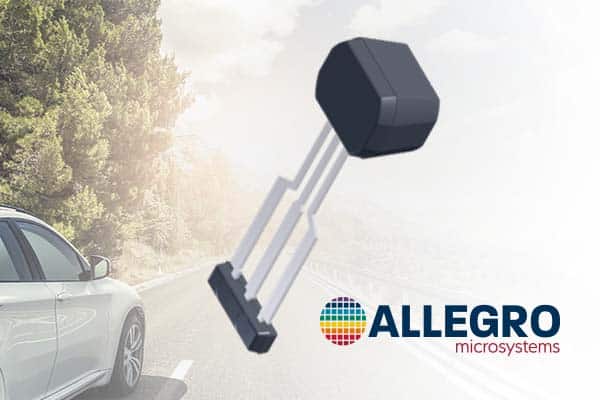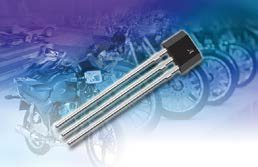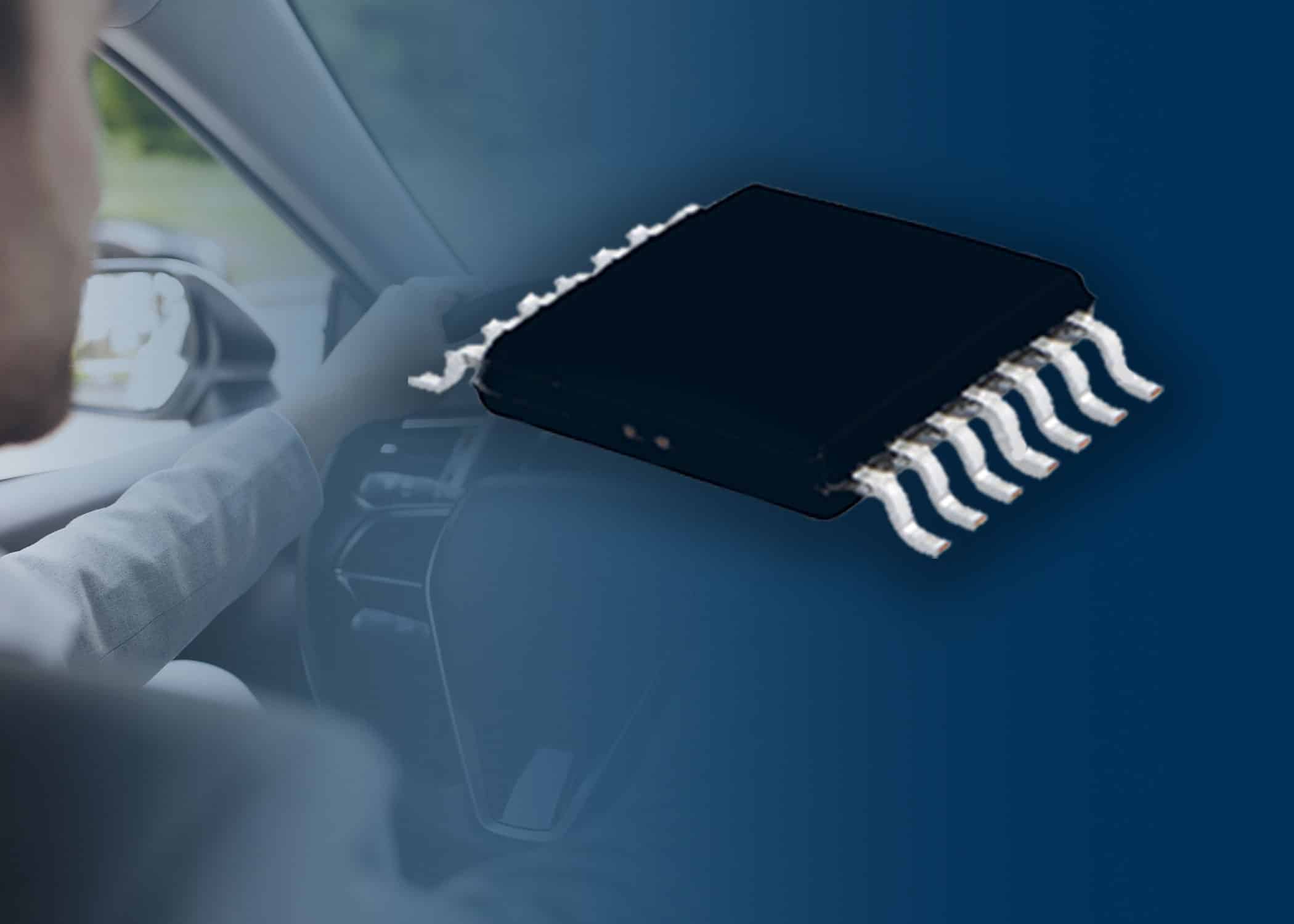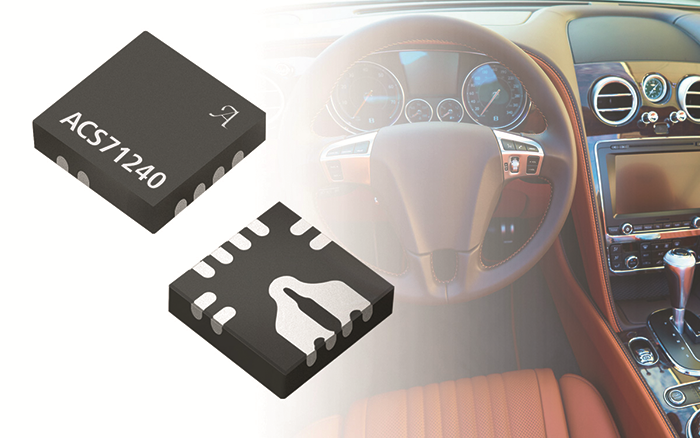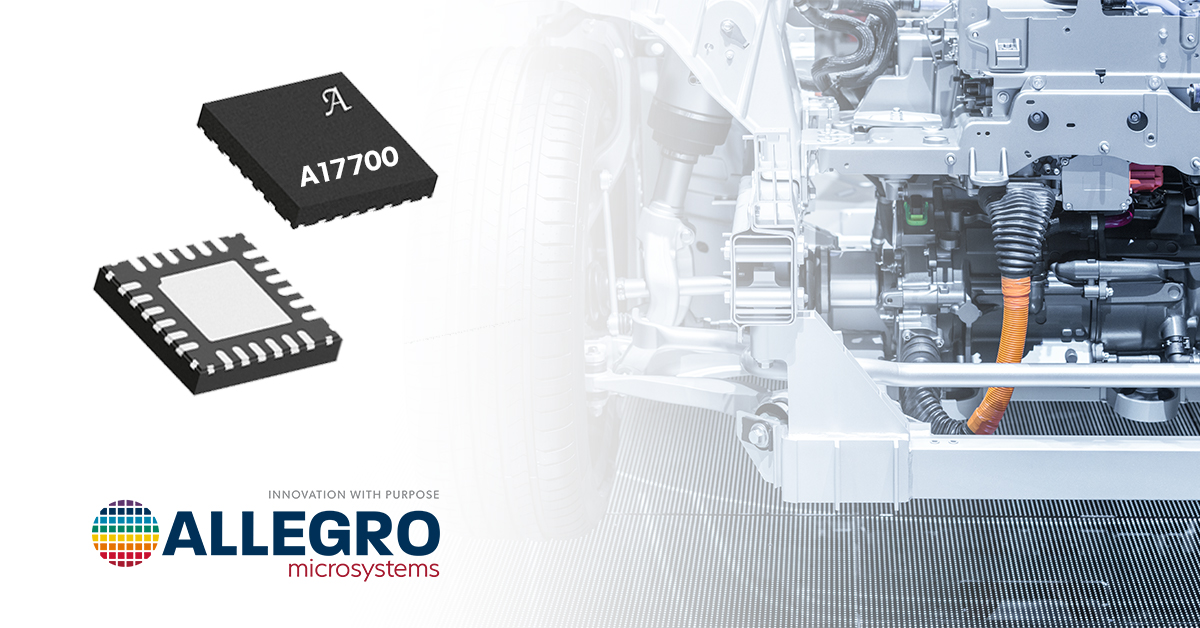Cutting-edge GMR technology offers automakers best-in-class performance and efficiency
Allegro MicroSystems today announced the launch of two new next-generation GMR (Giant Magnetoresistance) crankshaft and camshaft sensors. The ATS16951 (crankshaft) and ATS16351 (camshaft) sensors are unique in the market and offer manufacturers a single source solution, ideal for hybrid vehicle engines, with use cases extending to two-wheel drive vehicles. wheels, off-road vehicles and application designs that require increased air gap performance. Both sensors will help motor designers to reduce system complexity, cost and power consumption, increasing efficiency and minimizing carbon footprint.
Although the trend towards full electrification continues to accelerate, recent IHS forecasts predict that 81% of vehicles will include some form of internal combustion engine by 2029, with full and mid-hybrids being the most common. Engine architectures are changing as part of the transformation to smaller hybrid designs, and sensor accuracy and positioning flexibility are more important than ever.
With up to 40% better extreme repeatability and fewer jitter compared to competitive and legacy solutions, the ATS16951 Reverse Biased GMR Crankshaft Sensor offers automakers new ways to increase fuel efficiency with more precise ignition and valve train timing. Its large air gap simplifies design, extends design margin and tolerance capability, and facilitates a greater range of sensor installation locations.
With an industry-leading air gap that is 50% greater than existing options, the GMR ATS16351 TPOS (True Power On State) camshaft sensor also improves design flexibility and stray field immunity. It can be placed just about anywhere, which is increasingly important as some hybrid engines now include four camshaft sensors. Close quarters are often combined with high current transients, and engine designers need camshaft sensors that work smoothly through the resulting parasitic fields. The differential GMR architecture of the ATS16351 provides a level of immunity not currently available in legacy or competitive solutions.
Both sensors include Allegro's Target Profile Diagnostic feature, which allows a target to be evaluated during manufacturing and detects any subtle gear abnormalities before an engine is installed in a vehicle, helping to avoid potential warranty returns and increase customer satisfaction. client.
“Our new GMR camshaft and crankshaft sensors optimize performance for new hybrid vehicle applications. They are unique in the market and outperform competitive technologies due to their high air gaps and level of accuracy,” says Peter Wells, director of Allegro's speed and sensor interface business line. "The industry is transitioning to xVEs quickly, and both the ATS16951 and ATS16351 offer a level of precision that will help give automakers the engine efficiency gains they're looking for."
High integration and superior algorithms boost performance
Combining advanced GMR technology with leading automotive algorithms and packaging technology, Allegro now offers a comprehensive, state-of-the-art engine sensor portfolio that addresses the needs of today's system builders and developers.
The ATS16951 combines the electrical requirements and package size of previous solutions with the flexibility of sensor placement, making it a direct replacement for existing crankshaft Hall Effect sensors and simplifying design reuse. It includes a programmable pulse location between the middle or extreme of the target characteristic, along with EEPROM programmable performance optimizations and production traceability.
The ATS16351 is also highly programmable, allowing manufacturers to optimize TPOS performance for the widest variety of engine designs.
Monolithic integration makes it possible for both sensors to achieve exceptional system performance and highly accurate position and velocity sensing. The fully integrated overmolded package common to both devices helps designers reduce design complexity and simplify the development process, and allows vendors to standardize production lines. Allowing for flexible design and system compensation, the three-pin-in-line (SIP) package houses the IC, magnet, and EMC shielding components. Precision mounting optimizes the positioning of the IC to the magnet, as the reduction of the tolerance stack between the IC and the magnet increases the accuracy of the sensor and allows a wide margin for installation tolerance in the application.
The ATS16951 has been developed in accordance with ISO 26262 as an ASIL B-capable out-of-context security element (pending evaluation) for use in automotive security-related systems when integrated and used in the prescribed manner. in the applicable safety manual and data sheet.


